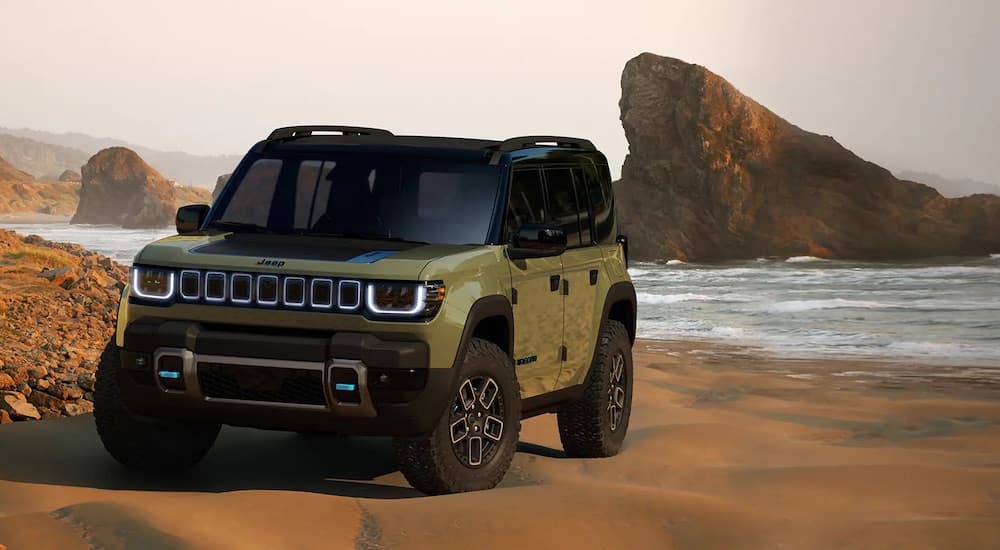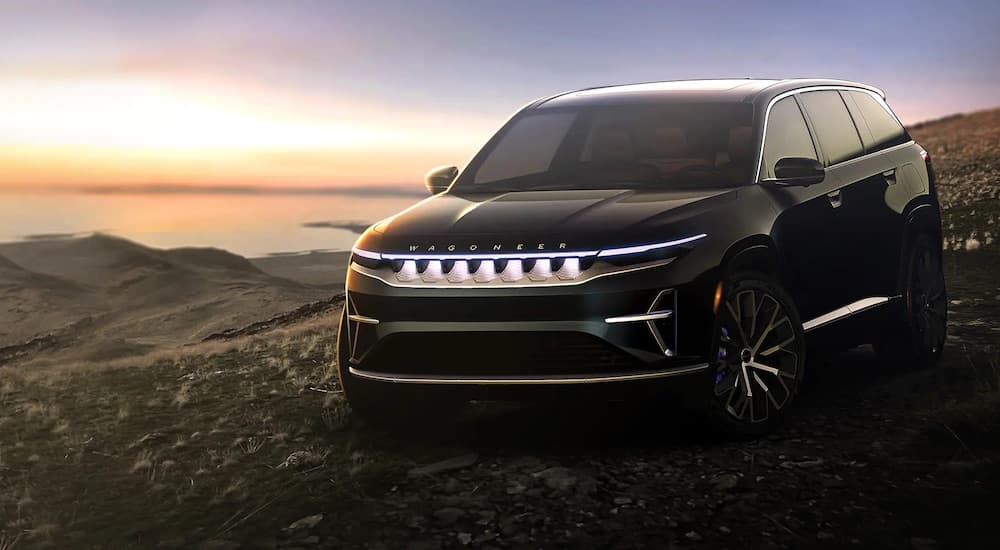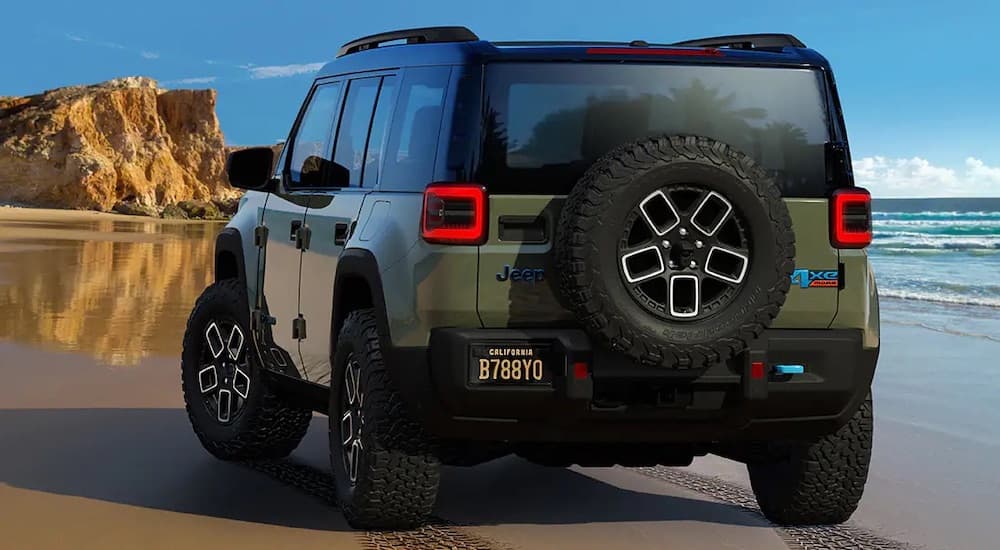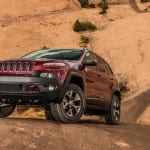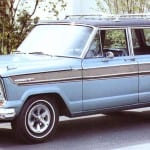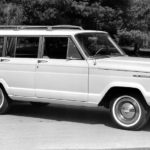Some days, it feels like it’s never been harder to know what’s going on with the auto industry. Between numerous press releases, all sorts of talking heads weighing in on issues, and a seemingly infinite number of videos with click-bait titles and descriptions, trying to know what’s actually happening can seem impossible. Effectively, you can find someone or some article that will support whatever you want to think is happening in the auto industry. When it comes to a controversial subject like battery electric vehicles (BEVs), things only get murkier. But don’t worry, because I’m here to add to all of that by giving you one more perspective on what’s going on—I’ll do my best to back it up with what’s actually being said and what Stellantis is doing in general and in terms of the current and upcoming Jeep lineup. Whether this aligns with what you want to see happening in the auto industry is another story entirely, but we’ll stick to the facts as we have them.
What’s Going On With Jeep and BEVs?
For starters, let’s talk about where Jeep is at when it comes to electrification because that’s one of the most telling aspects of the overall approach Stellantis is taking. Jeep’s first big steps into going electric came a few years ago with the introduction of the 2021 Wrangler 4xe, a plug-in hybrid model that provides limited all-electric range. This was a good place to start since plug-in hybrid electric vehicles (PHEVs) are the perfect test run for drivers interested in a BEV who aren’t ready to fully commit to one. This first PHEV was followed quickly by the 2022 Grand Cherokee 4xe, extending the Jeep 4xe lineup further and creating two good options for their drivers to try out a not-quite-BEV model.
The next logical step following the introduction of PHEVs is to go all in and bring a proper BEV to the market, which is exactly what Jeep is doing. Later this year, we’ll see the first Jeep BEV in the Wagoneer S (don’t get me started on the silliness of bringing back the Wagoneer name only to have it as a separate thing for a year or so and then finally folding it into the Jeep lineup since everyone was already calling it the Jeep Wagoneer). This is an addition to the luxury Wagoneer lineup that adds to what Jeep offers without taking anything away—that’s a key part of this strategy. Jeep is following this up with another model called the Recon, which should come out next year and add a more off-road-focused BEV to the lineup, which is just what we’d expect from Jeep, though it’s still not an electric Wrangler.
Here’s where things get kind of interesting, however: Jeep is now saying we might see non-electric versions of these models too. All of this hinges on the fact that Stellantis has recently developed a new platform called STLA Large for bigger vehicles like the Wagoneer S. Although this STLA Large platform is being used for new BEVs like the Wagoneer S and Recon, it was designed to be able to support gas and hybrid models too. So Jeep’s engineers have built an all-electric Wagoneer S, and if there is demand for the same vehicle featuring a gas engine, then they can quickly bring that to market, too. See why I said they’re playing it safe in the title?
The Larger Stellantis BEV Strategy
This brings me to Jeep’s parent corporation and its overall strategy for going electric––or hedging its bets by playing it safe. The official statement from Stellantis is that it is still following its Dare Forward 2030 plan that it put out a while ago, which is the shift to BEVs. According to this plan, Stellantis wants to have 100% of its passenger vehicles in Europe be BEV models by 2030, along with 50% of passenger cars and light-duty trucks here in the US. This same plan includes a projection of more than 75 BEV models across numerous brands (remember that Stellantis includes Jeep, Dodge, Ram, Chrysler, Fiat, Alfa Romeo, and more) and five million BEVs sold annually across the globe by 2030.
That’s a great plan, but they’re also covering their bases and not committing as hard to going all-electric as it initially seemed they might. Earlier this year, the CEO of Stellantis talked about having at least two different strategies for how aggressively they’ll push forward with BEVs depending on where elections throughout Europe and the US fall by the end of this year. They’re not killing their BEV programs, but they’re ready to go full-steam ahead in one scenario or move forward more conservatively in the other. He said specifically, “There is no such thing as slowing down for the EV road map for Stellantis,” but as I said, they also developed their new STLA Large platform to accommodate BEVs, hybrids, and gas-powered vehicles. So, while they might not be slowing down, they’re certainly prepared to take different exits on this proverbial road map of theirs.
What Does This Mean for an All-Electric Future?
In discussing the potential for an all-electric automotive future (with friends, family, and internet strangers), I’ve always said the same thing: it all comes down to infrastructure. For some people, owning a BEV is incredibly convenient and reliable; if you have a garage you can park in or easily charge your vehicle in your driveway, then it’s great. If you live in an apartment building or complex with dozens of others and no dedicated charging system in place—or three charging spots for 50 people—then the full benefits of a BEV are largely wasted. So why have one?
Why pay more for a BEV that you can’t conveniently charge at home? Why pay more for a BEV that you’ll have to wait around to charge at a public station on a regular basis. Even if you can easily charge at home, there’s the possibility that if you head out on a long road trip, you could be waiting in line to charge your vehicle at an available station because the infrastructure for chargers across the US just isn’t there yet. It’s getting better, undeniably, but things are moving somewhat slowly, and—as the Stellantis CEO pointed out—how quickly things move ahead is largely dependent on which party is in the White House. That’s not something you or I can bank on when we’re shopping for a vehicle we’ll be paying off for five or more years.
While I’m not generally a fan of businesses hedging their bets rather than taking the lead on this sort of thing, I don’t really blame Stellantis or Jeep. Even while playing it safe, they’re still investing more than $30 billion in electrification throughout the 2020s to hit their 2030 goal. Considering Stellantis has some brands that are struggling in general, like Chrysler, it’s probably for the best that it has a clear sense of how to maintain its market presence. Even Jeep, a legendary name in the industry, has been slipping in recent years and is making big adjustments to its lineup to try to correct its course.
Are Drivers Ready to Go Electric?
I think what we’re seeing is the auto industry realizing that the answer to the question of whether drivers are ready to go electric is a resounding “Sort of.” Some drivers are definitely ready to go electric and embrace BEVs, getting the most from them day after day. But there are large numbers of drivers who can’t get the most from BEVs and who aren’t going to pay more for a vehicle that’s ultimately an inconvenience for them. That’s not even digging into larger questions about supply chains for batteries that need to be figured out if all-electric vehicles will be the future of the auto industry for the next century. It’s safe to say that some company heads got a bit overzealous about how many drivers are ready to go fully electric, and what Stellantis has done in developing a platform that works for any type of model is a smart choice. However, whether it can turn that into Jeep models that are affordable and appealing for most drivers is another issue, and one Stellantis desperately needs to figure out.
